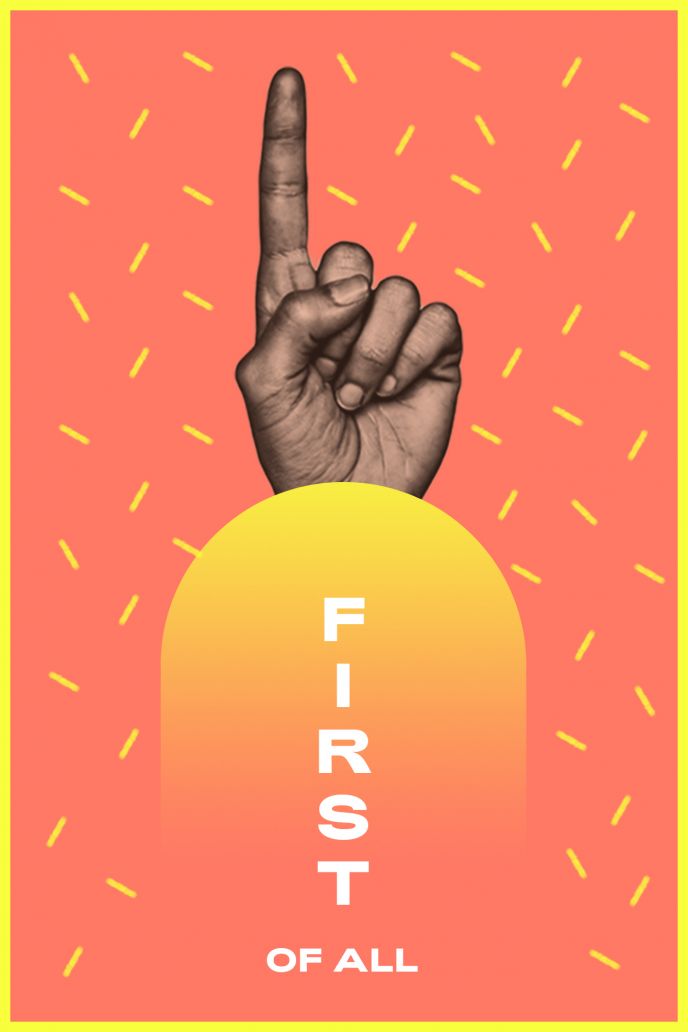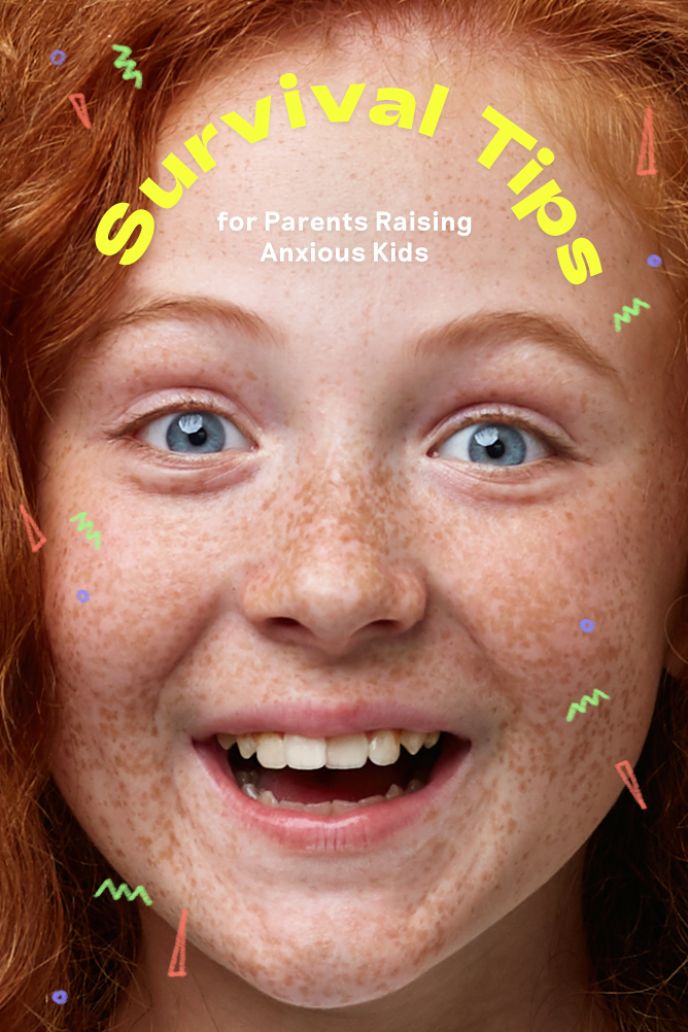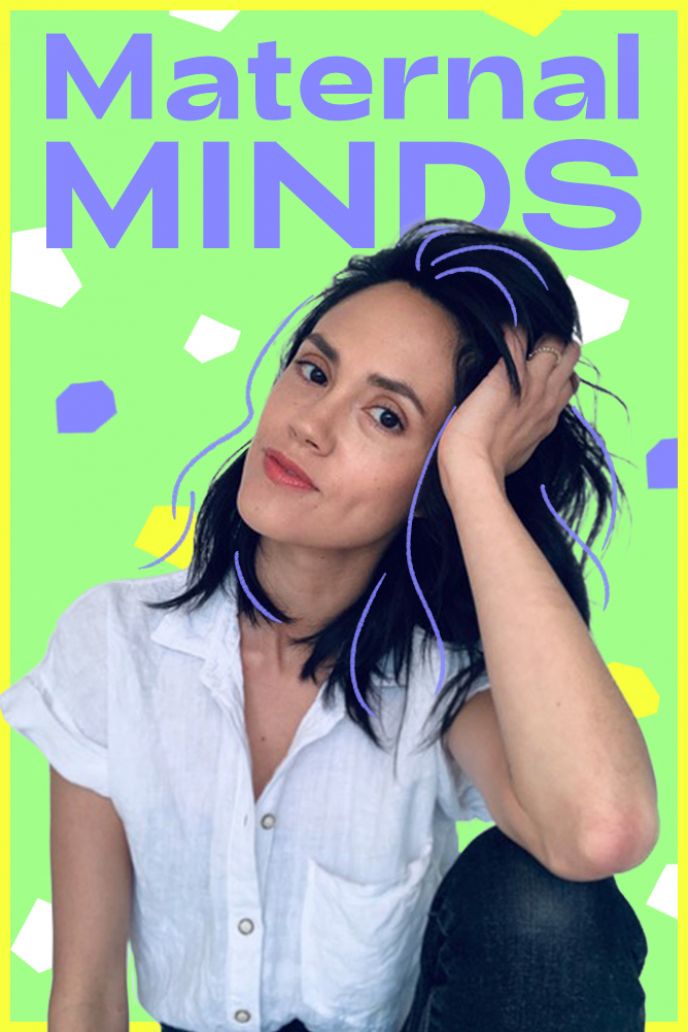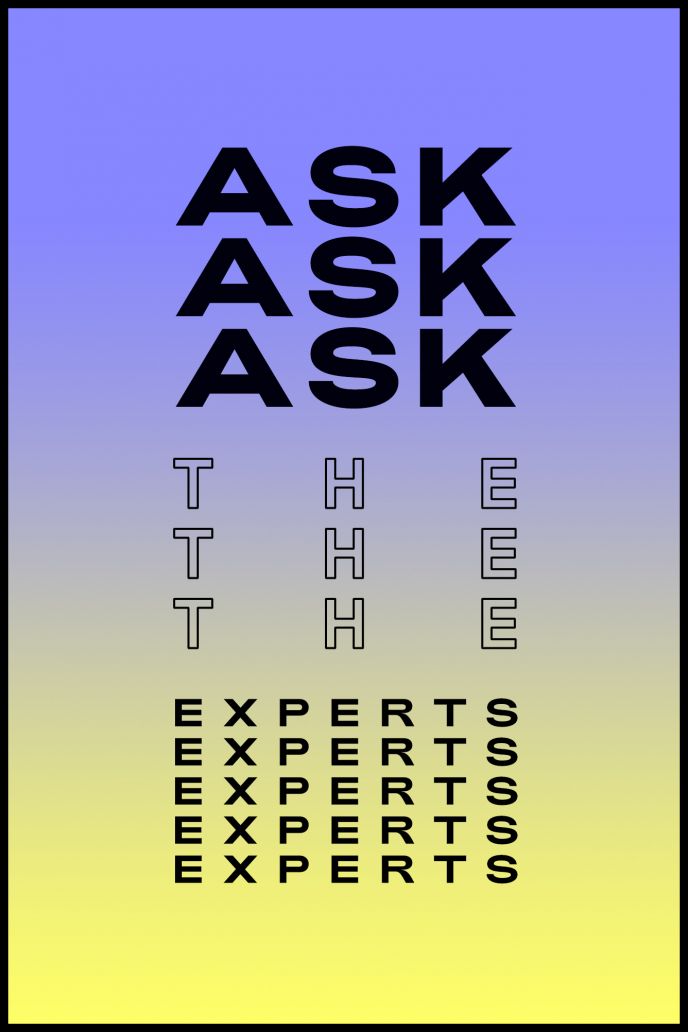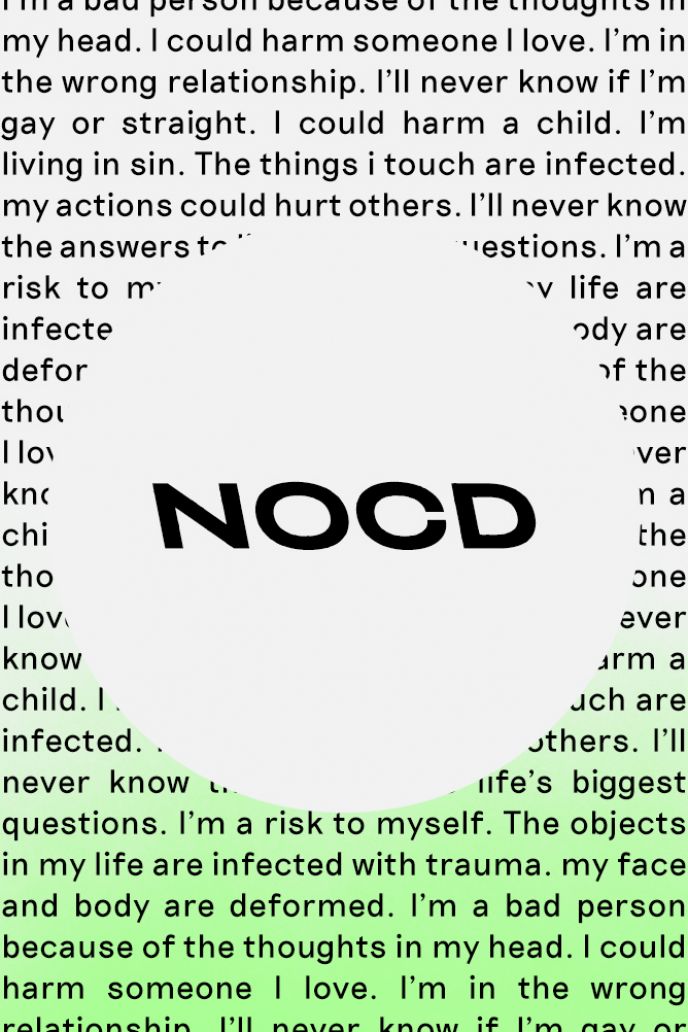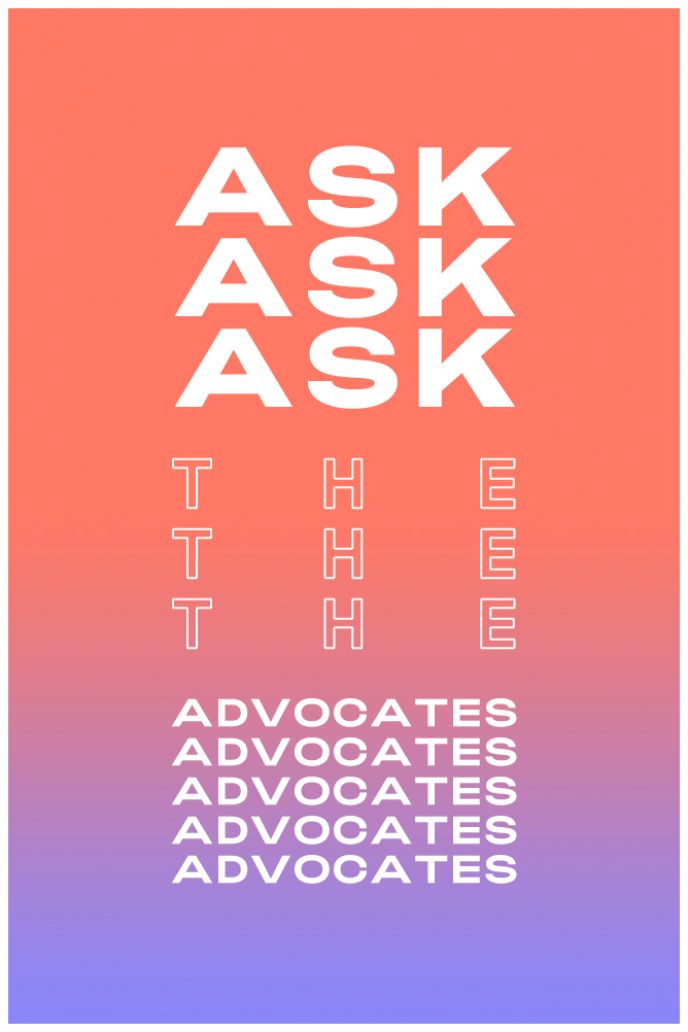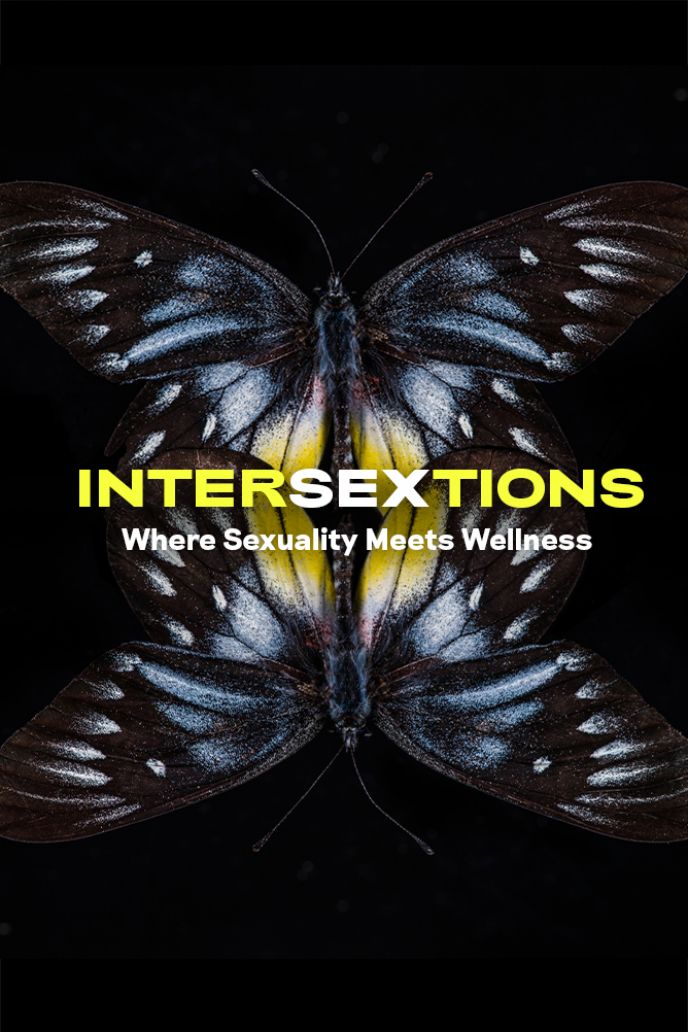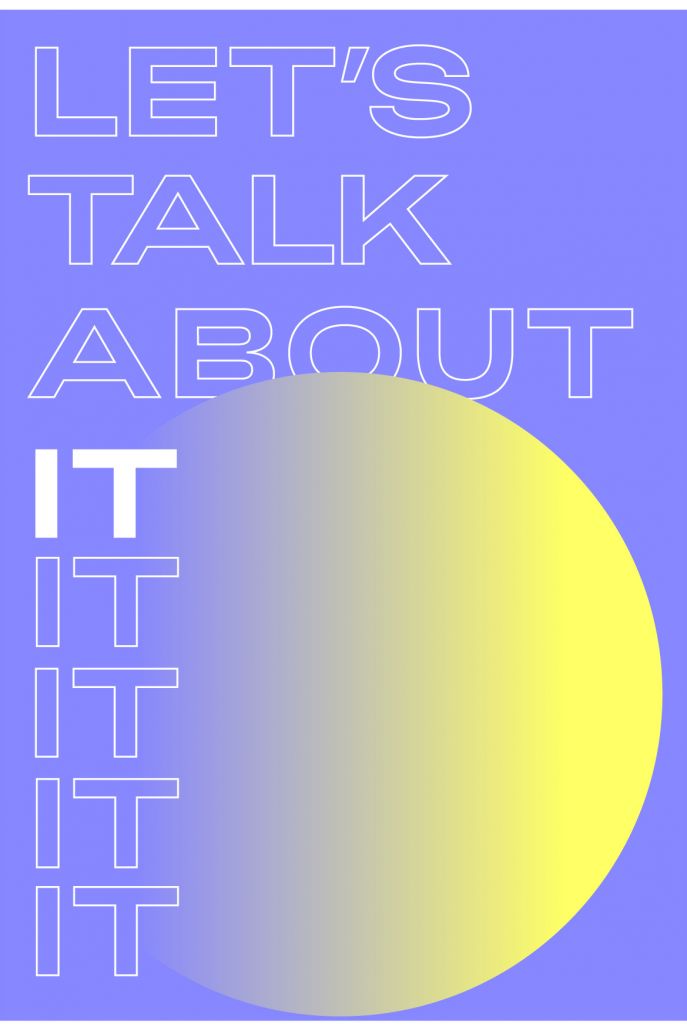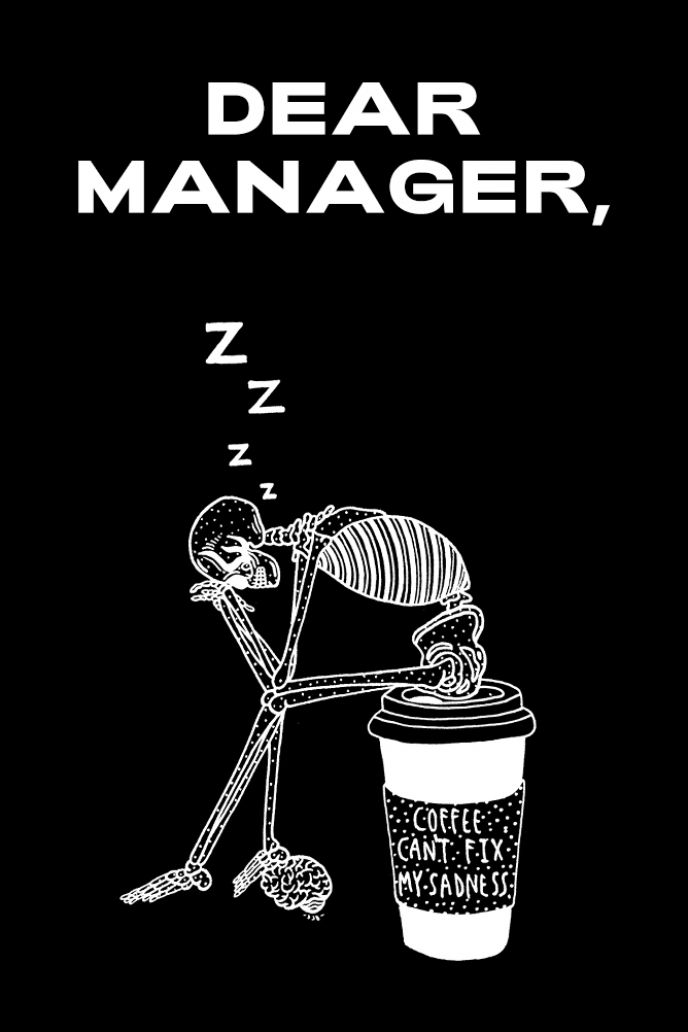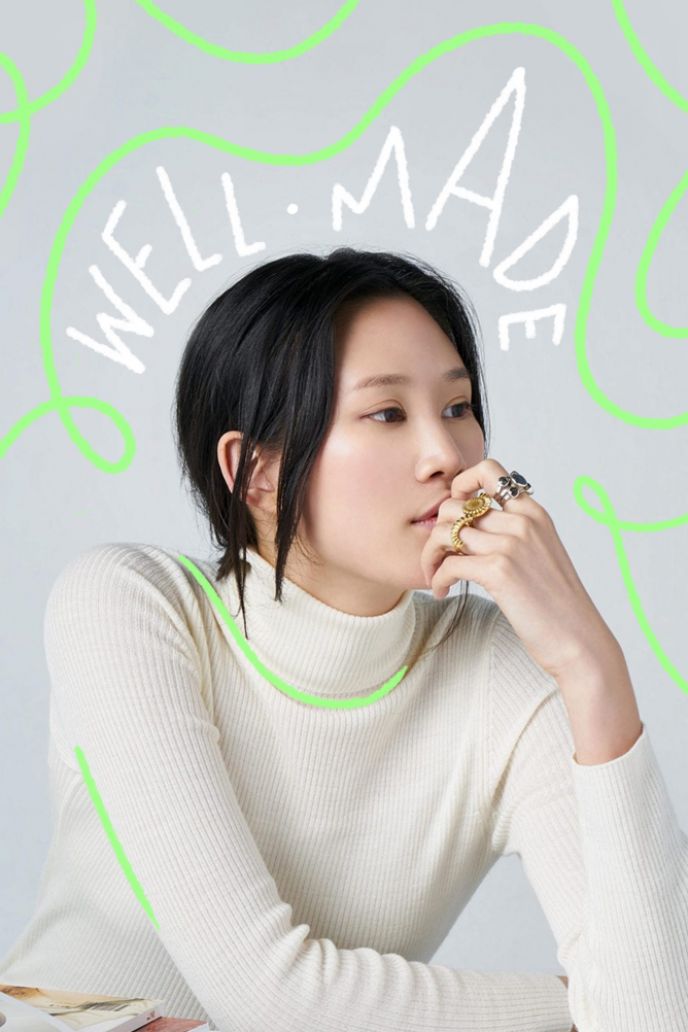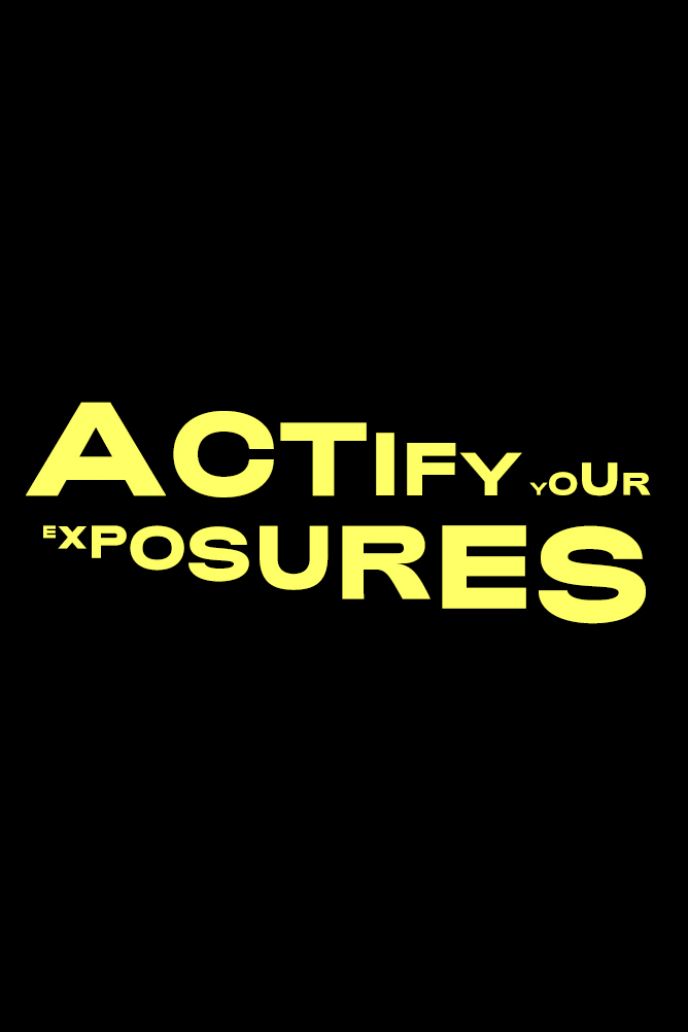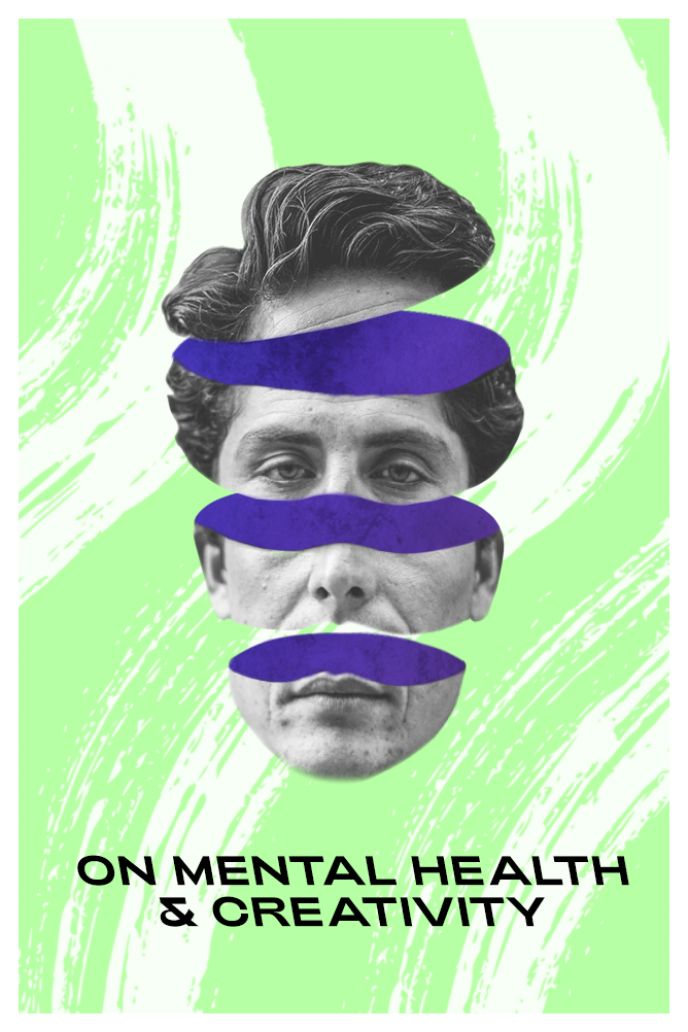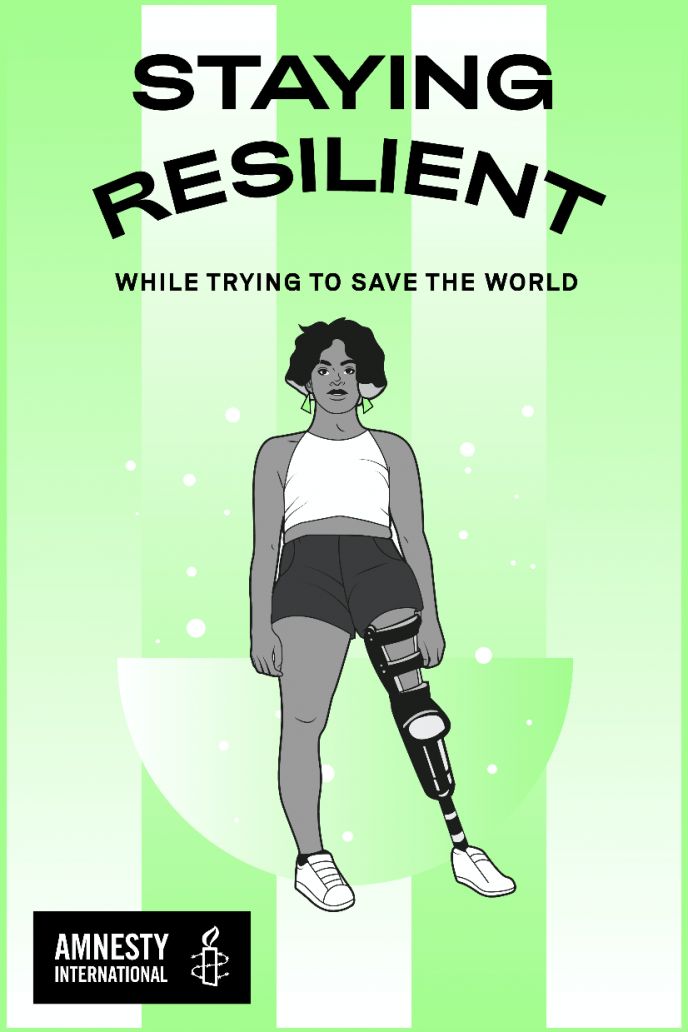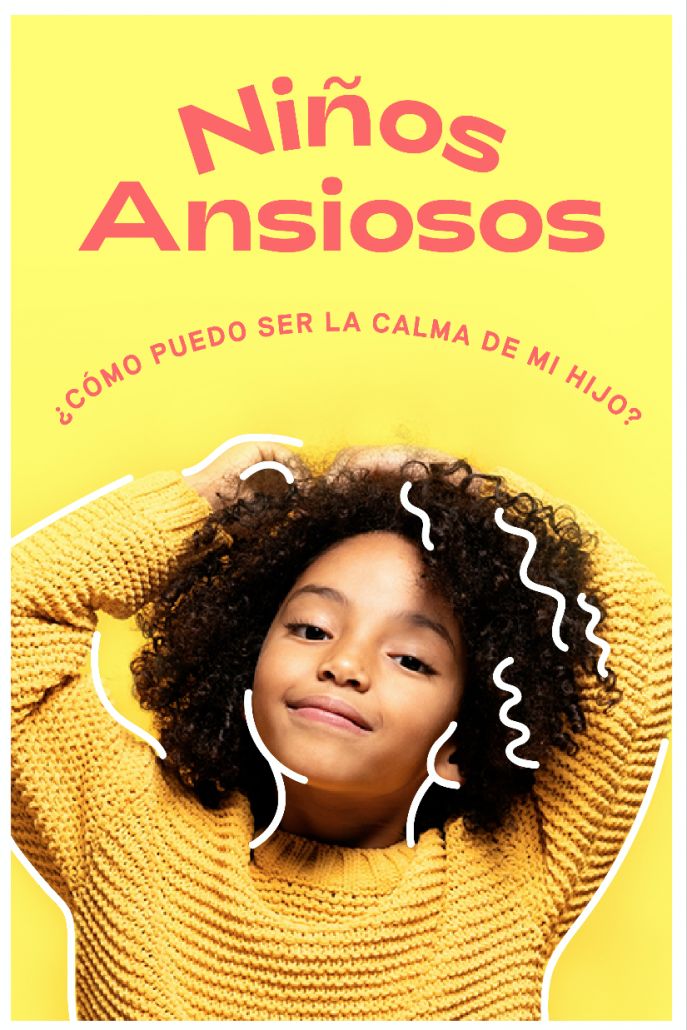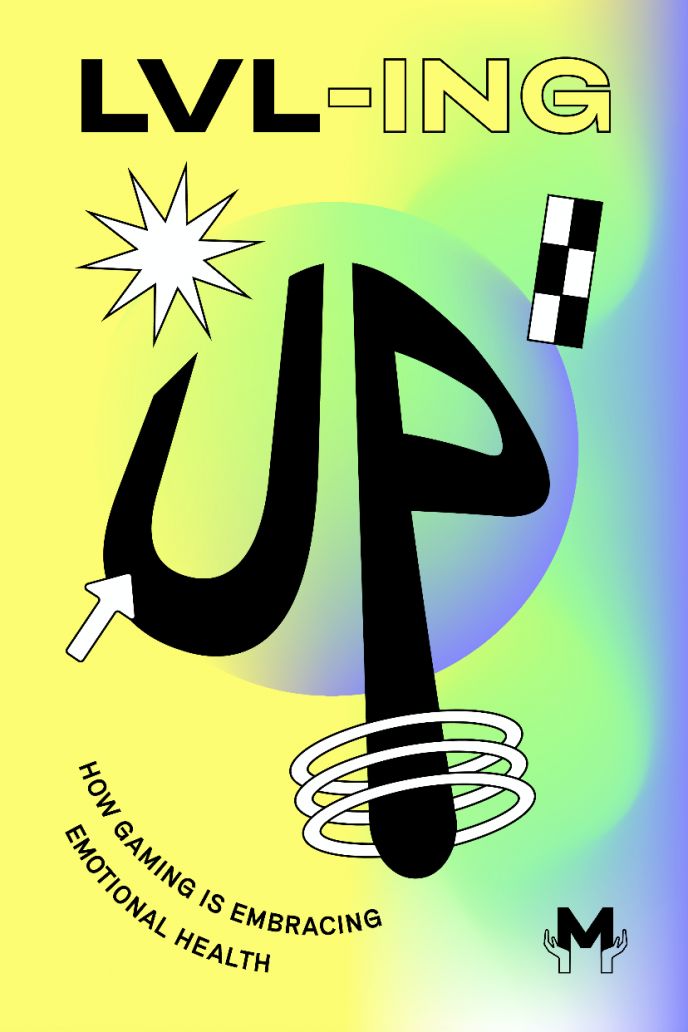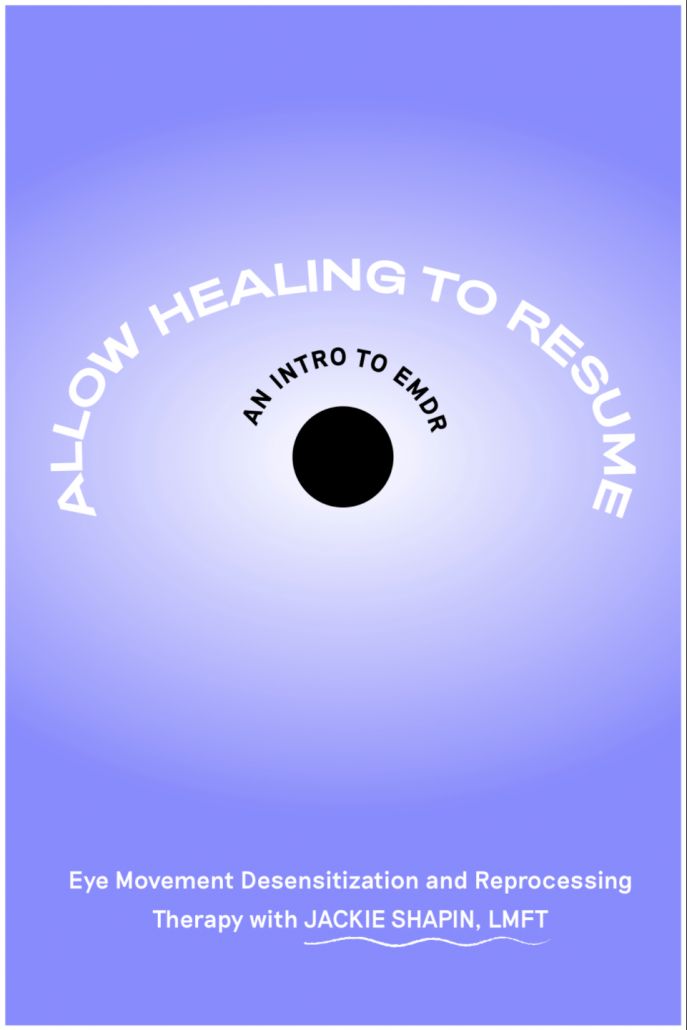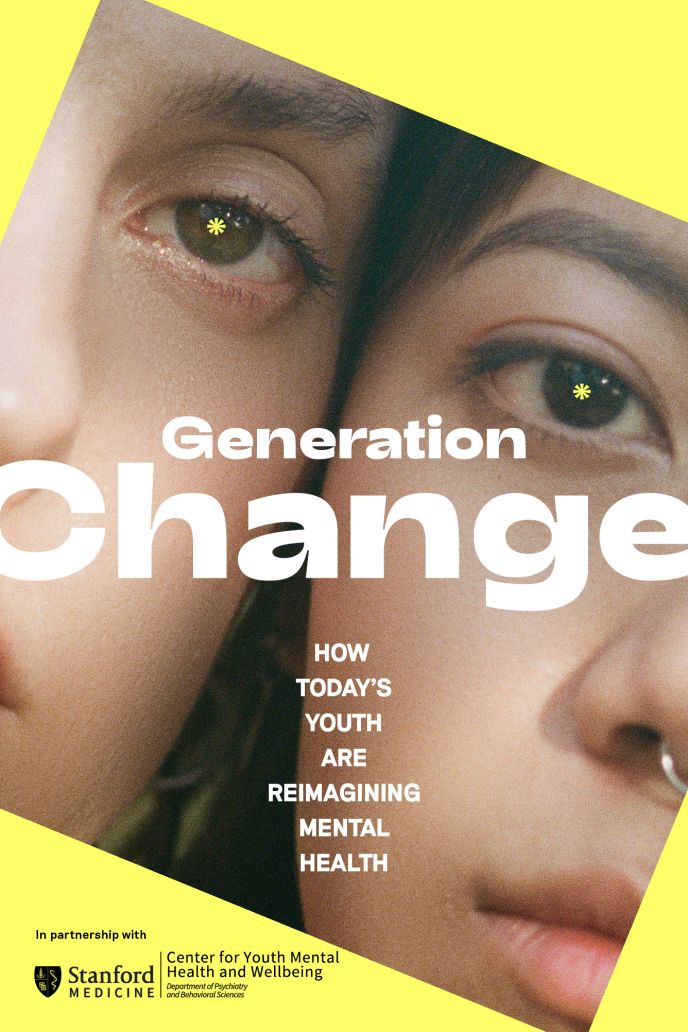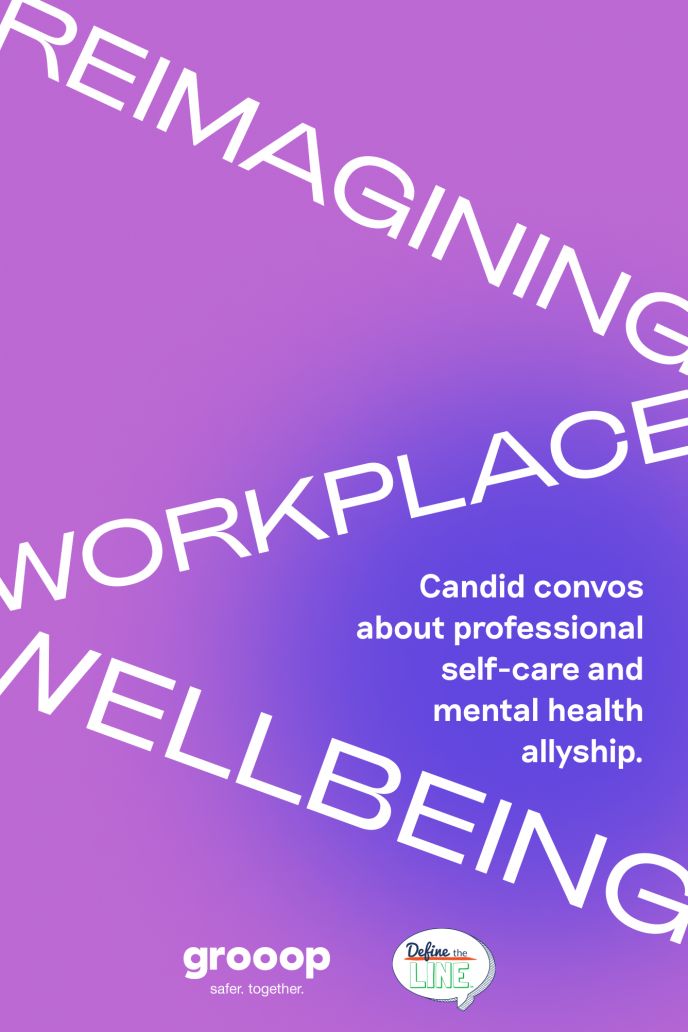The Elephant in The Room
How Bridget is using art to talk about the more taboo parts of OCD.
Escrito por Made of Millions Team
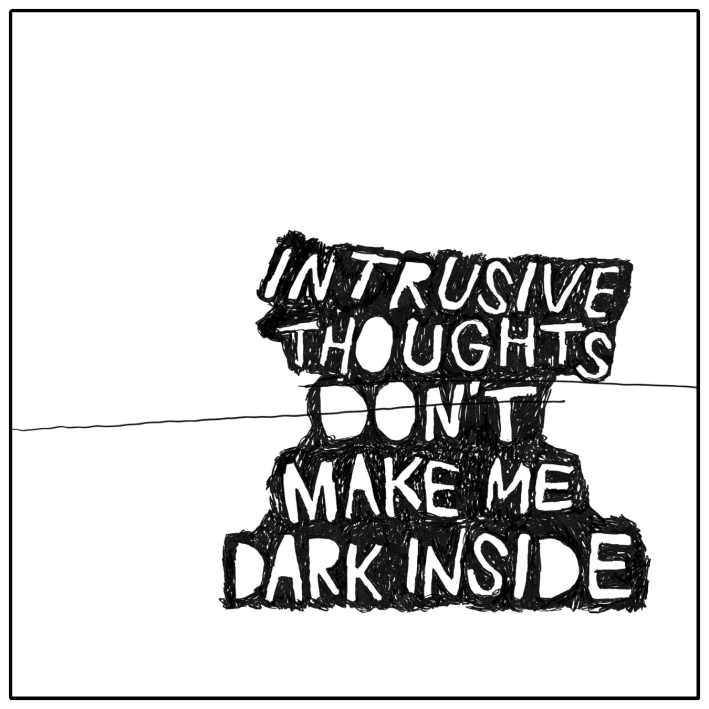
01 Bridget is a freelance artist and mental health advocate.
02 Since the age of five, she’s struggled with intrusive thoughts. It wasn’t until college that she found out she had OCD.
03 Through art, she’s been able to express some of her experiences with OCD, and start conversations about topics like taboo thoughts and intrusive urges.
Thanks for taking the time to chat with us. Can you start by introducing yourself, and what made you interested in art?
Hi, my name is Bridget. Creating art is a practice that has run in my family for several generations. Ever since I was two years old, I was encouraged to practice and pursue visual arts. As I got older, I found that art was also a source of relief that helped occupy my mind, hands, and time as I wrestled with all the things that come with adolescence. I ended up studying Art Education, and found art to be a source of liberation, activism, and community building. After college, I taught art for a few years, and formed my pedagogy and my life around the joy that the arts can provide. Currently, I am a freelance artist, a project manager for an education organization, a mental health and social justice advocate, a wife, a friend, and a student.
Can you tell us about your mental health journey?
My first memory of intrusive thoughts happened when I was five years old. My mind was always occupied with trying to get rid of what I considered to be dirty, wrong, and frightening thoughts that made me a “bad person”. I was constantly trying to stop, rewind, and erase these thoughts, and I would repeat phrases in my head and out loud. I also fidgeted in ways that “felt right” and were distracting. At the same time, I struggled with depression and anxiety, which became severe in high school. I had very little energy, and a lot of panic attacks.
My compulsions then started to become more physical. I became obsessed with doing things symmetrically, especially walking. My need for symmetry became overwhelming as I entered college, and I couldn’t walk anywhere unless I could take symmetrical steps. I was kept awake at night when my bed or body didn’t feel symmetrical. Eventually, I became afraid of contamination as well, and avoided touching things or sleeping in my bed because I was afraid I would make them dirty.
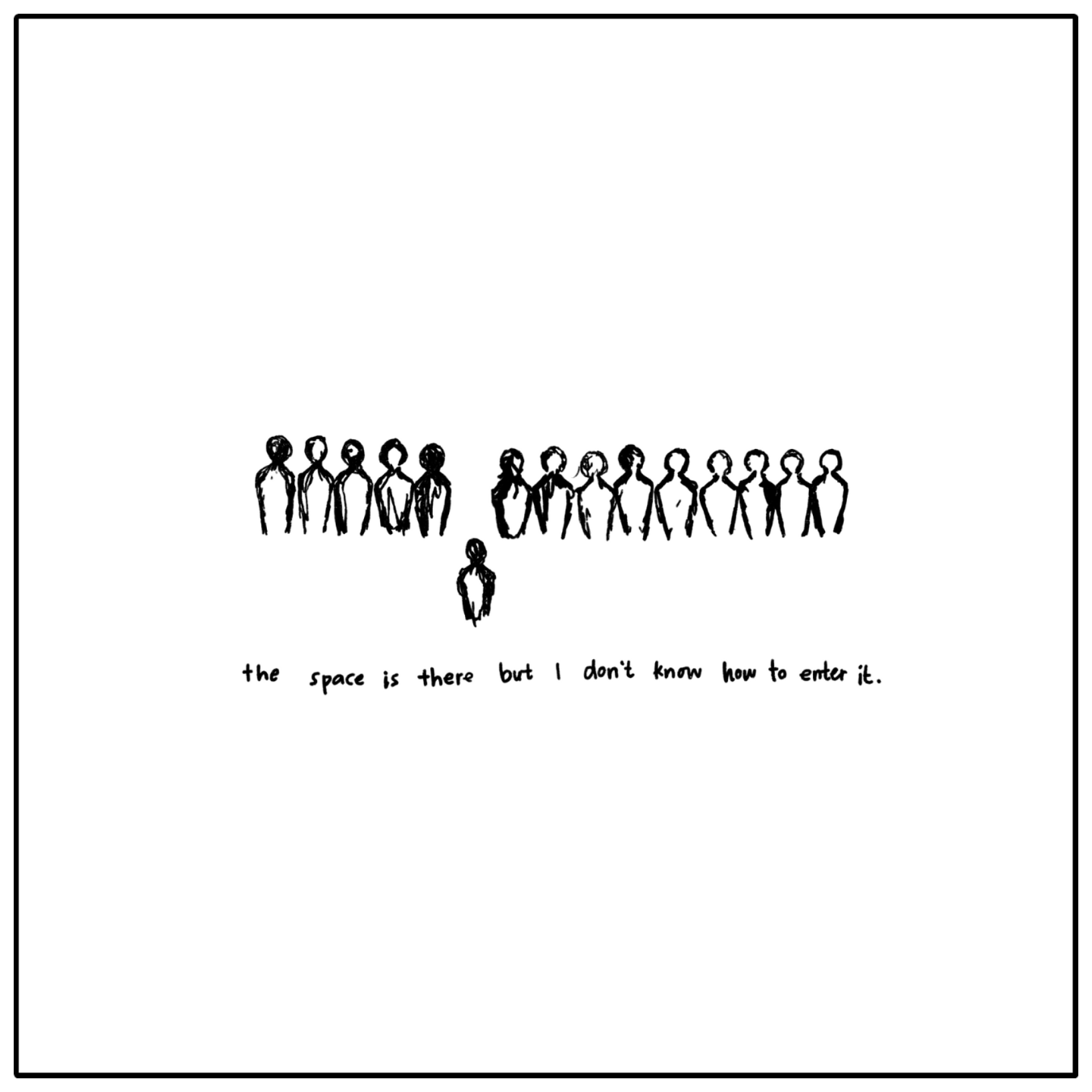
A few semesters into school, I took a psychology course where I learned about OCD. I cannot explain what a relief it was to learn that my thoughts and actions had names, that they were part of a disorder many people had, and that it was treatable. I started going to therapy, but I was surprised to learn that it was difficult to find a therapist who knew about OCD. I thought a professional would know what to do and how to treat me, but that wasn’t the case.
Nonetheless, I made a lot of progress with my depression, found medication that really improved my anxiety, and started listening to The OCD Stories Podcast to try and find help for OCD. I learned that it might be helpful to look for an OCD specialist who would take me through Exposure and Response Prevention therapy. I finally matched with a wonderful therapist, and while ERP is one of the hardest things I’ve done, it has also been super helpful.
I love the black and white art pieces you sent over. Can you describe your thought process behind them, and how they relate to your own experience with anxiety/intrusive thoughts?
I used to be really dedicated to keeping a journal, but as my OCD worsened, I found myself writing compulsively. I felt the need to write every detail about my day, have perfect handwriting and spelling, and write coherent sentences. It started taking me a really long time, so I found myself drawing instead.
I started scribbling doodles about what I was thinking, feeling, and experiencing. For example, I drew the tied-up lungs piece when I kept having panic attacks, and my chest felt tight all the time. Or when I struggled with contamination fears, I would cry about feeling dirty, and my roommate would hug and reassure me.
The piece that says “intrusive thoughts don’t make me dark inside” was an important one for me. When I was in high school, my art teacher saw my drawings and was surprised that I made such dark art while being such a positive person. One day, he asked me if I was “dark inside”. I often laugh at that memory, but I really was struggling. Later in college, I learned about intrusive thoughts, and drew that piece to remind myself I’m not actually “dark inside.”
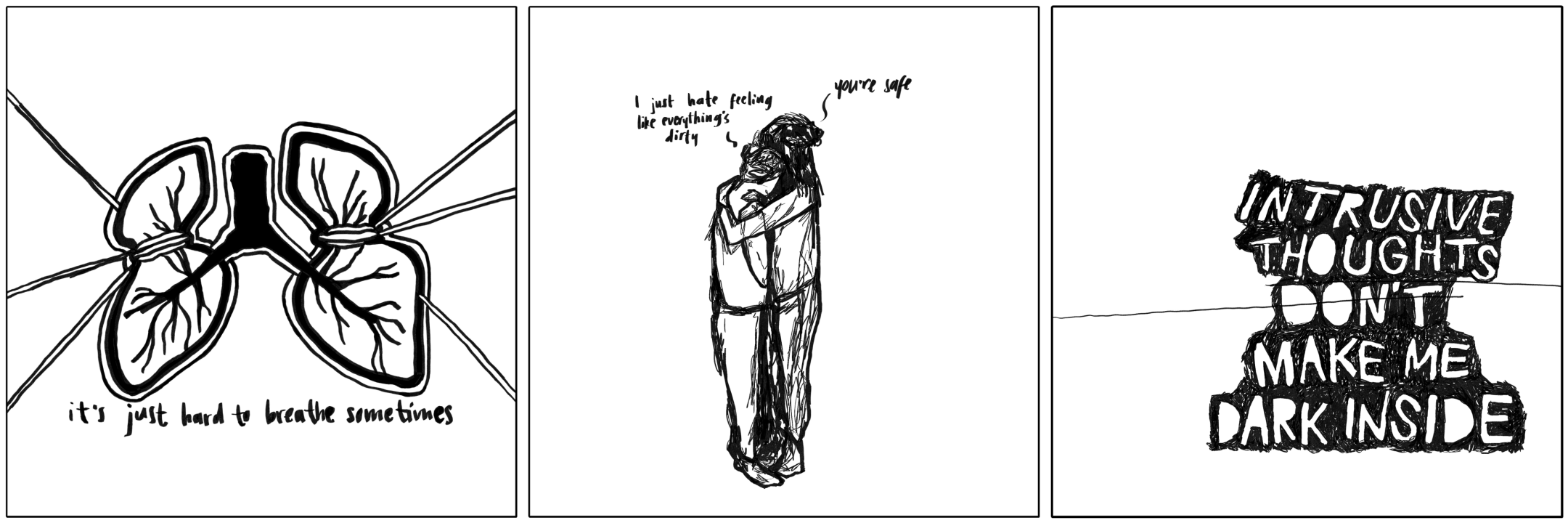
For your animal affirmations art pieces, what is the significance of the animals? Have animals been a source of help/comfort when you’re struggling?
I love Charlie Mackesy’s artwork and his book The Boy, The Mole, The Fox, and The Horse. The sweet conversations between the animals and the boy are comforting and inspiring, and they remind me of all of the loving relationships I’ve had with people and pets.
I started this series by digitally painting “tough” animals, like rhinos, elephants, and whales. I’ve always been bad at taking compliments and giving myself affirmations, so pairing animals that had tough exteriors with soft affirmations was personal to me. As I continued the series, the animals became softer — tigers, panthers, wolves. Eventually, I moved to drawing more domesticated animals, and got more comfortable with affirmations (although we still have a ways to go).
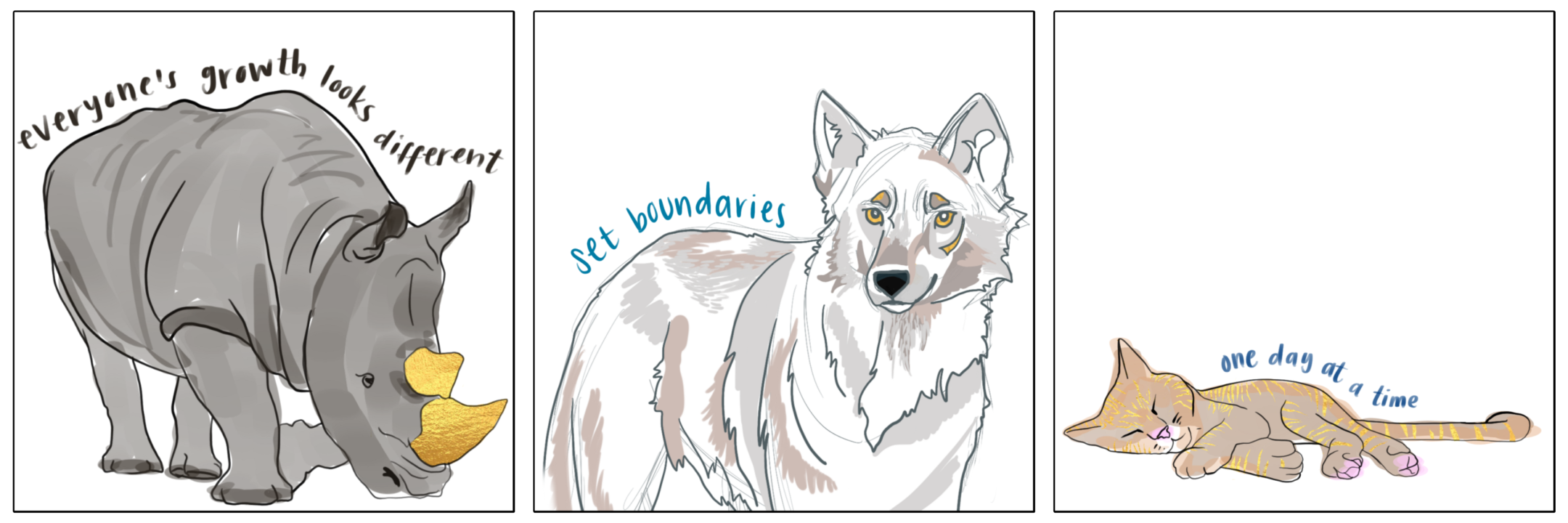
Going off of that, your intrusive thoughts + elephants art pieces have a lot of interesting elements. I notice that elephants are used a lot in the OCD space because of the “pink elephant” exercise. Also, just the way intrusive thoughts can take up so much mental space. Can you explain this piece, and why you decided to include those certain phrases?
People tend to be more comfortable talking about compulsions — cleaning, avoiding, seeking reassurance — but we aren’t as comfortable talking about the thoughts behind the compulsions. A lot of intrusive thoughts are taboo, and end up being the “elephants in the room”.
Intrusive thoughts can make those of us with OCD doubt our relationships, fearful of causing harm, and question reality. The phrases in this series are intrusive thoughts I’ve often struggled with. They are big and scary like elephants, and are also the part of my OCD that I have the hardest time talking about, even with my therapist.
I also wanted people to know that intrusive images, urges, and feelings are just as valid and distressing as intrusive thoughts, because for a while, I wasn’t having clear intrusive thoughts. I would have sudden intrusive urges to make things “right” or symmetrical, without having a clear thought about what would happen if I didn’t. Or I would get intrusive feelings that something was wrong that would cause me to panic. So these pieces represent all of those manifestations of intrusive thoughts.
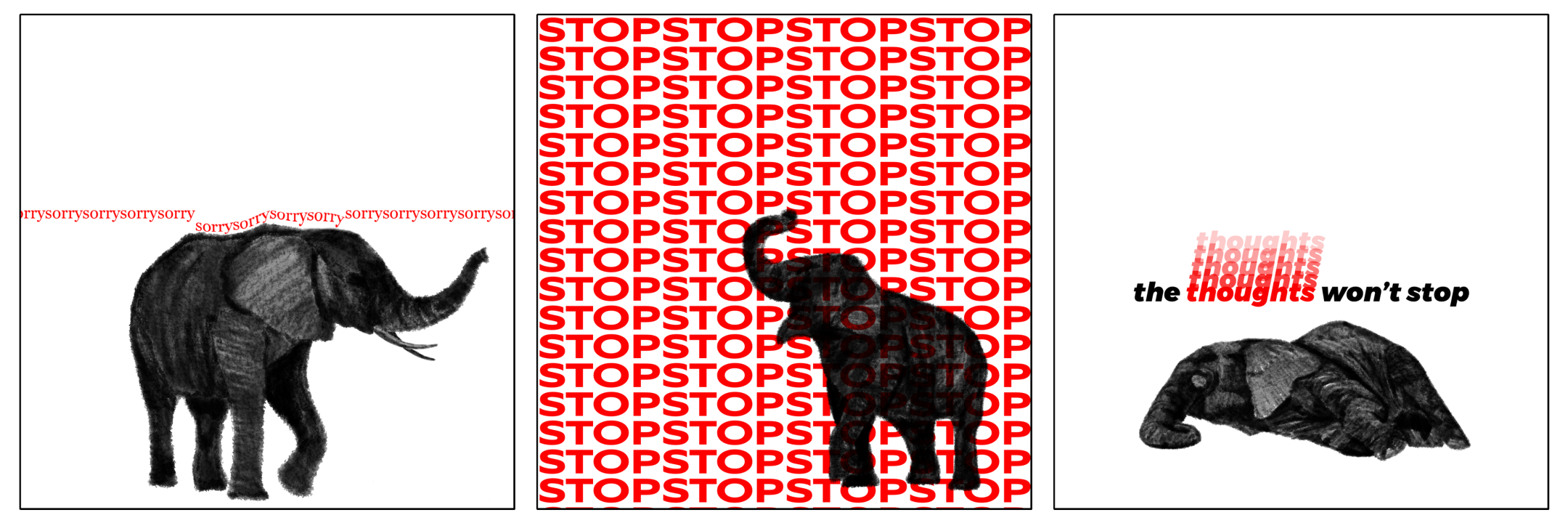
What do you hope the mental health space looks like five years from now?
I hope that mental health care doesn’t just become less stigmatized, but that it also becomes more accessible. I went fifteen years before realizing I had OCD, and another six years before getting the right treatment. The next generation shouldn’t have to wait so long to get on the path toward healing.
I hope mental health care becomes more affordable, specialized treatment becomes more common, and that mental health professionals continue to become more educated. I hope we become more culturally competent so that we can advocate for and engage in culturally relevant mental health care. I hope workplaces and insurance companies see the value of preventative mental health care treatment like days off, general therapy, medication, and sabbaticals. I’d also like people to recognize the validity of more ecological and spiritual approaches, which are already valued in many cultures outside of our white Western culture.
I love the direction we are going in as a society and all of the advocacy for destigmatization, education, and accessibility of mental health care. I have hope that the more educated we become, the more we can close treatment gaps. And I have hope that we will see more advocacy in legislation, the health field, and our social circles, so that everyone is supported in their recovery.
Apoya nuestro trabajo
Nuestra misión es cambiar la manera en que el mundo percibe la salud mental.
